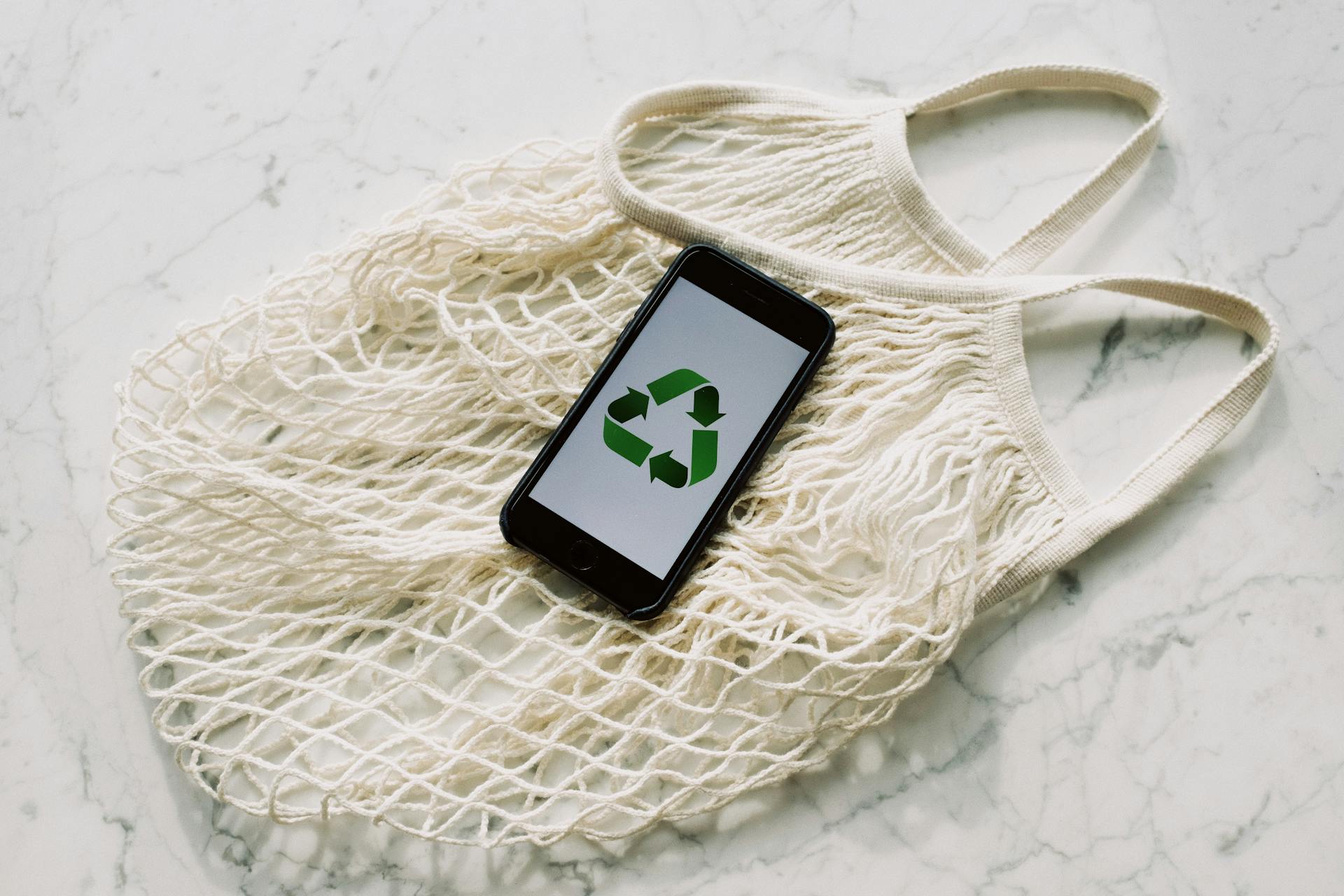
The circular economy: a sustainable approach to industry
by Ousmane
In an era marked by environmental challenges and resource scarcity, the traditional "take-make-dispose" industrial model is proving to be increasingly unsustainable. As industries and governments search for more responsible alternatives, the circular economy emerges as a compelling solution. This innovative model not only addresses ecological concerns but also opens new doors for economic growth and industrial resilience.
What Is the Circular Economy?
At its core, the circular economy is an economic system aimed at eliminating waste and promoting the continual use of resources. Unlike the linear economy, which follows a straight path from production to consumption and disposal, the circular model emphasizes reuse, repair, refurbishment, remanufacturing, and recycling.
The goal is to create a closed-loop system where materials and products maintain their value for as long as possible. In this way, waste is minimized, and the lifecycle of resources is extended — benefiting both the environment and the economy.
Key Principles of a Circular Industrial Model
Design for Longevity
Products are designed with durability and future reuse in mind, making it easier to repair, upgrade, or recycle them.Waste as a Resource
What is traditionally seen as waste is reimagined as input for new processes or products. This can include turning food waste into energy or using scrap materials in new manufacturing cycles.Circular Supply Chains
Businesses are encouraged to source materials that are renewable, recyclable, or biodegradable, ensuring that supply chains are more sustainable from start to finish.Product-as-a-Service Models
Instead of selling products outright, companies offer services—such as leasing or sharing—which fosters responsibility for the product’s full lifecycle.
Why It Matters for Industry
Adopting a circular economy model allows industries to become more resilient to supply chain disruptions and resource shortages. It also aligns with growing regulatory pressures and consumer demand for sustainable practices. In many cases, circular strategies can also lead to cost savings and innovation, offering a competitive edge.
Moreover, companies that embrace circularity contribute to global efforts to reduce carbon emissions, combat pollution, and protect biodiversity—goals that are no longer optional but essential for long-term viability.
Examples in Action
- Electronics: Brands are developing modular smartphones and laptops that can be easily repaired or upgraded, reducing electronic waste.
- Fashion: Circular fashion models encourage clothing rental, resale platforms, and recycling of textiles to reduce the industry's environmental footprint.
- Automotive: Manufacturers are designing vehicles with recyclable materials and components that can be reused in future production.
The Road Ahead
Transitioning to a circular economy is not without its challenges. It requires a shift in mindset, collaboration across sectors, and supportive policies. However, the long-term benefits—economic resilience, environmental protection, and innovation—make it a worthwhile investment.
As industries around the world look to the future, the circular economy offers a roadmap for sustainable growth that works in harmony with the planet rather than at its expense.